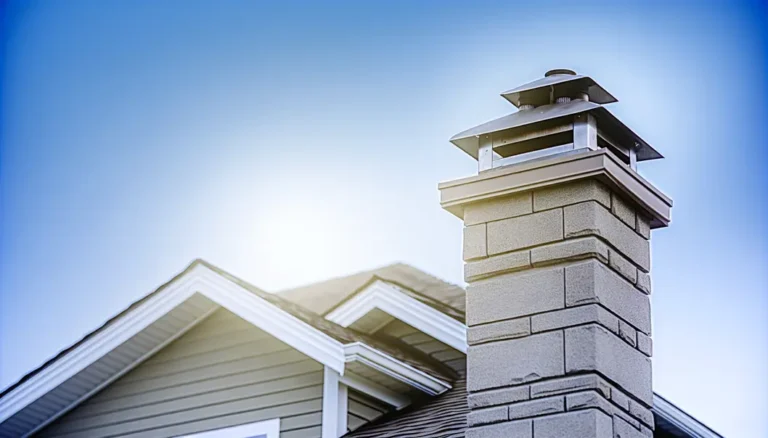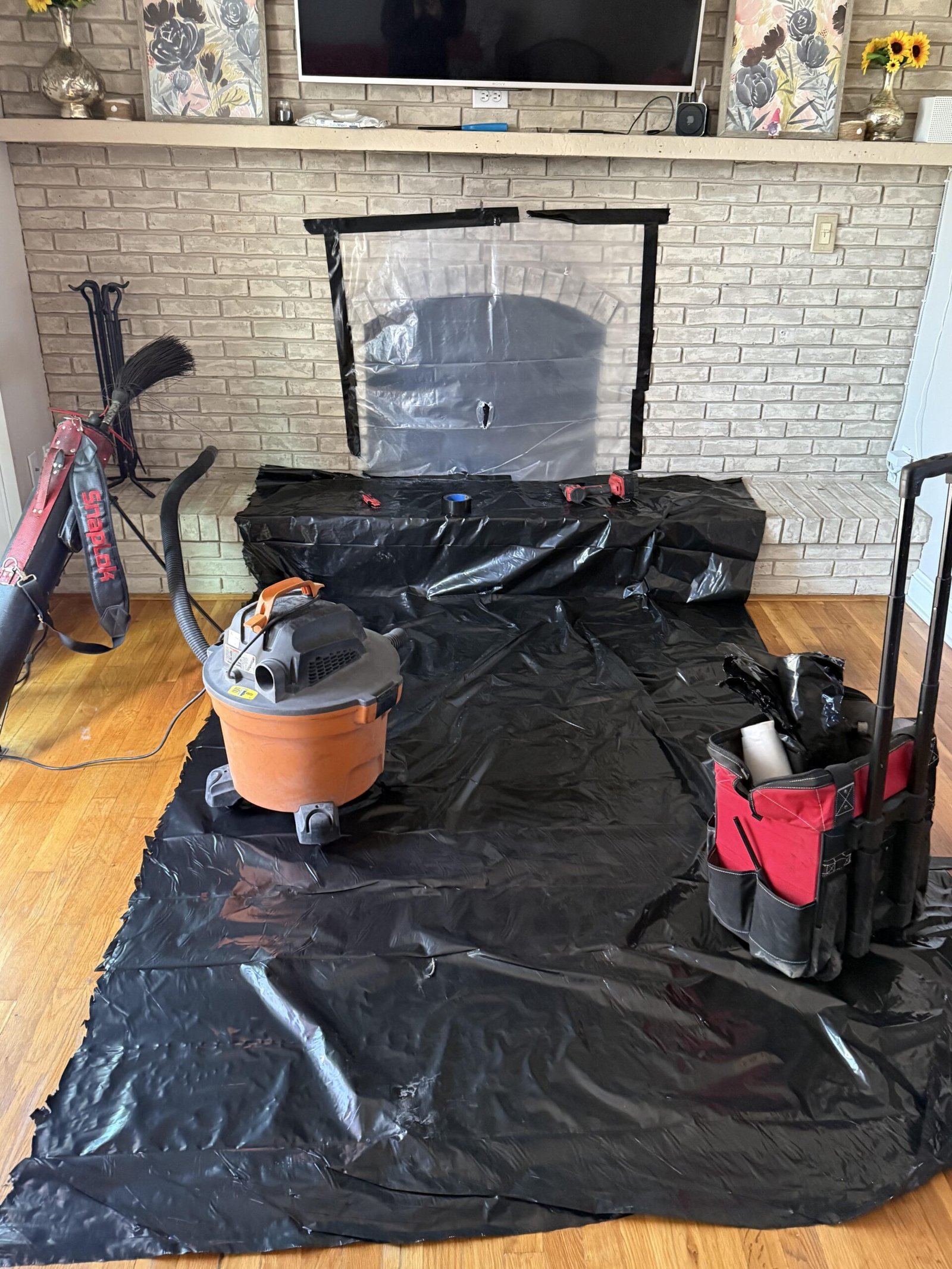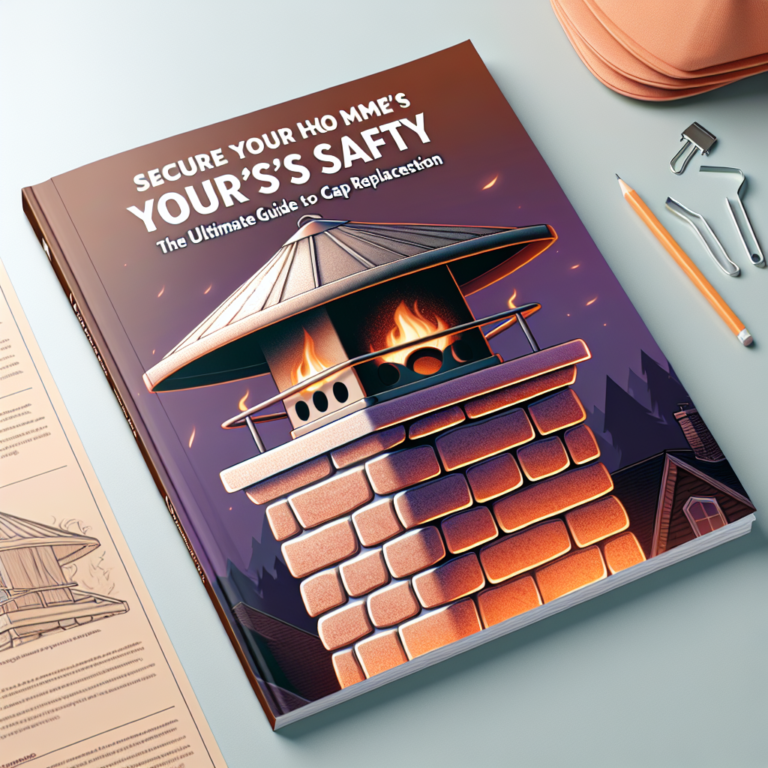Chimney caps and dampers play crucial roles in maintaining a safe and efficient fireplace. These components help safeguard your home from weather damage, animal intrusion, and energy loss. Understanding the technical aspects of these devices and how to properly install and maintain them can save homeowners costly repairs and preserve indoor comfort. This guide elucidates the specifications and best practices to keep your chimney in optimal condition.
Optimizing Fireplace Functionality: Technical Insights into Chimney Caps and Dampers
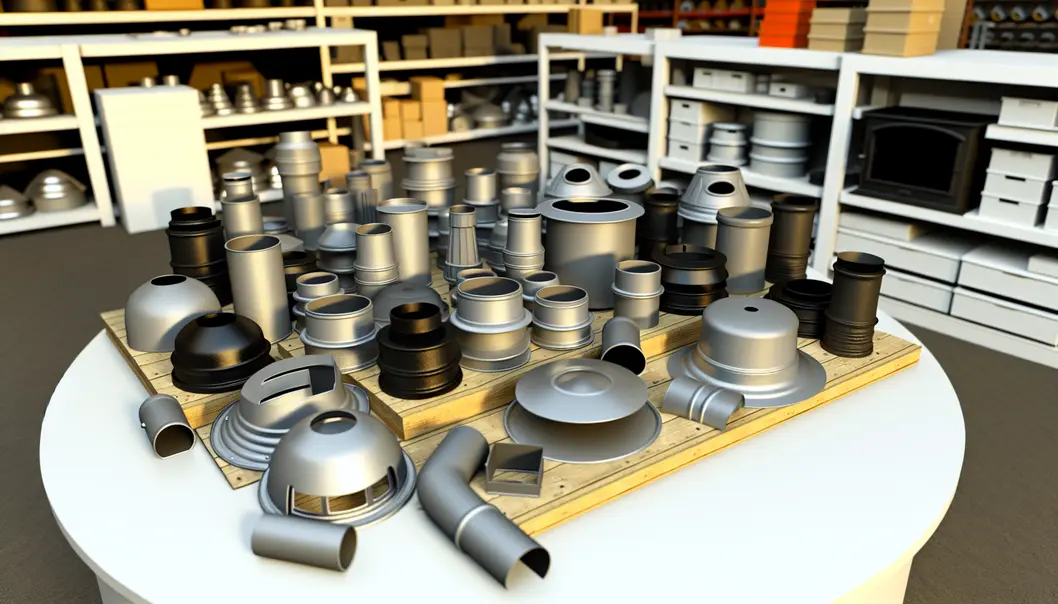
Chimney systems are essential fixtures that provide warmth and ambiance to homes, yet the safety and efficiency of these systems hinge significantly on components like chimney caps and dampers. Understanding their technical specifications not only assists homeowners in making informed purchases but also enhances the performance and longevity of fireplace setups.
Chimney Caps Specifications
Chimney caps are crucial for safeguarding chimneys against elements and unwelcome visitors. The materials used in their construction vary, each offering distinct benefits. Stainless steel is revered for its resistance to rust and durability, making it suitable for diverse weather conditions. Galvanized steel, while more economical, offers moderate durability but is susceptible to rust over time. For those seeking aesthetic appeal alongside functionality, copper provides excellent corrosion resistance but at a higher cost, whereas aluminum is a lightweight and rust-resistant option, albeit less durable than its metal counterparts.
The design of chimney caps caters to different needs: the single-flue cap fits precisely over individual flue openings, while the multi-flue cap is engineered to cover multiple flues on a single chimney. Additionally, top-mount caps attach to the chimney crown, providing comprehensive coverage.
A critical feature of chimney caps is their mesh size, typically ranging from 3/4 inch to 5/8 inch. This mesh serves as a barrier against wildlife and debris while allowing smoke to vent effectively. The dimensions of these caps vary broadly, accommodating standard chimney sizes and more sizeable, custom-designed applications. Installation methods range from screws and adhesive anchors to clamp-style fittings, ensuring adaptability to different chimney structures.
Chimney Dampers Specifications
Dampers play a vital role in airflow regulation and energy conservation. Constructed primarily from cast iron or stainless steel for heat resistance, these components come in two primary types. The throat damper, a traditional option, is situated at the chimney base near the firebox. It is typically operated manually via levers or chains. In contrast, the top-sealing damper is installed at the chimney top, providing an airtight seal that prevents air loss when not in use, thus enhancing energy efficiency. This modern type features a cable system that allows users to open or close the damper from within their living space.
A key technical aspect of top-sealing dampers is their sealing mechanism. The use of silicone rubber gaskets ensures an airtight seal, effectively minimizing drafts and reducing potential heat loss. Operation mechanisms vary; throat dampers often rely on manual control, while top-sealing dampers typically employ spring-loaded systems for ease of use.
Selecting the right chimney caps and dampers involves considering their weather resistance and durability. These components must endure harsh environmental conditions without degrading over time. Furthermore, regular maintenance is crucial. Routine inspection and cleaning prevent the buildup of creosote and debris, mitigating the risk of fires or blockages that can compromise safety and performance.
Ultimately, understanding these technical nuances helps homeowners make astute choices that align with their functional requirements and budgetary constraints, ensuring a safe and pleasurable experience when utilizing their fireplaces. For further insights into enhancing chimney system longevity and efficiency, our comprehensive guide to chimney maintenance offers valuable tips and strategies.
Mastering Installation and Maintenance of Chimney Caps & Dampers
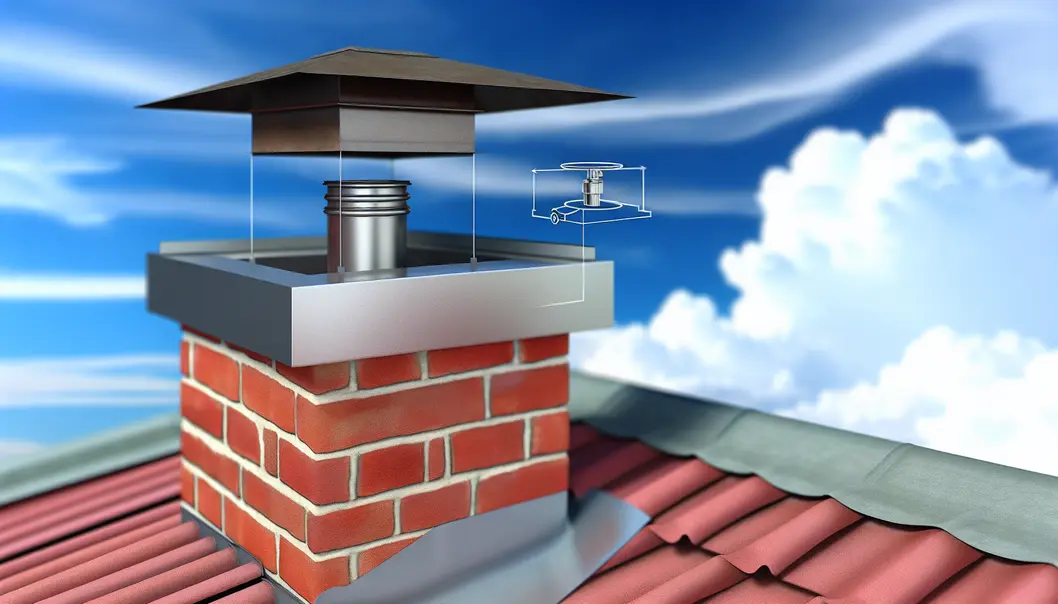
Chimney caps and dampers play a crucial role in enhancing the safety and efficiency of a chimney system. Proper installation and diligent maintenance of these components are essential to ensure they function optimally and provide prolong protection. This chapter delves into the best practices for installing and maintaining chimney caps and dampers, thereby protecting your home from the elements and unnecessary energy loss.
When it comes to installing chimney caps, the choice of material is paramount. Stainless steel and copper are highly recommended due to their durability and resistance to rust, although copper can be pricier. Galvanized steel is a more economical option but tends to rust over time, which could lead to frequent replacements. Selecting the appropriate size is just as crucial; incorrect sizing can lead to poor protection or improper fitting. Accurately measuring the flue ensures that the cap provides adequate coverage and secures firmly in place. For chimneys with multiple flues, multi-flue caps offer comprehensive protection. Secure attachment using stainless steel screws or masonry anchors is key. Moreover, mesh size matters—opting for a typical ¾ inch mesh strikes a balance between keeping pests out and allowing smoke to exit freely. Ideally, the design should incorporate features like sloped tops to facilitate water runoff. If DIY projects aren’t your forte, professional installation can guarantee proper fitting and functionality.
For chimney dampers, selecting the type that best suits your needs can significantly affect energy efficiency. Top-sealing dampers are preferred for their ability to seal the chimney top and improve energy retention better than traditional throat dampers. Ensuring that the damper fits tightly is crucial to avoid air leakage. Proper location of installation is another consideration; top-sealing dampers should be reachable on the chimney stack to ensure easy operation. Before any upgrades, a professional assessment can determine compatibility with existing setups, safeguarding against inefficient installations.
Maintenance of both chimney caps and dampers is vital for long-term performance. Regular inspections, at least annually, should check for signs of wear such as rust or any weather-induced damage on caps. Clearing debris like leaves, twigs, and nests obstructing the cap is essential to maintain airflow and prevent moisture accumulation. Similarly, examining and tightening fastenings and seals annually helps in averting structural damage or water leaks into the masonry. Promptly replacing any damaged components can prevent more severe issues later on.
For dampers, regular operation even outside of the heating season prevents mechanisms from sticking. Proper lubrication of moving parts ensures smooth functioning and longevity. Inspecting the seal integrity annually prevents potential air leaks; inspecting the rubber gaskets for any signs of deterioration is vital for maintaining efficiency. A professional chimney sweep should perform a comprehensive cleaning and inspection at least once a year to spot early signs of damage and prevent costly repairs. Before each heating season, test the damper’s functionality to be certain it operates correctly, ensuring safety and efficiency during use.
By carefully adhering to these installation and maintenance practices, homeowners can maximize the performance and life span of chimney caps and dampers, ultimately contributing to a safer, more efficient home environment.
Final thoughts
By understanding and implementing effective chimney cap and damper solutions, homeowners can protect their homes from the elements, pests, and heat loss. Regular upkeep in these areas not only ensures safety but also enhances the energy efficiency of the home. Stay proactive in your home maintenance to enjoy a safe and comfortable environment.
Protect your chimney from animals, rain, and debris. Install a new cap or damper with Chimney 360!
Learn more: https://chimney360.com/chimney-cap-replacement/
About us
Chimney 360 supplies and installs high-quality chimney caps and dampers to enhance your chimney’s efficiency and protect your home.

